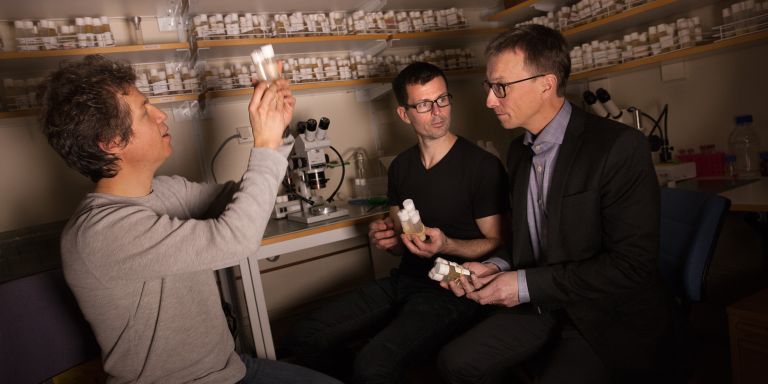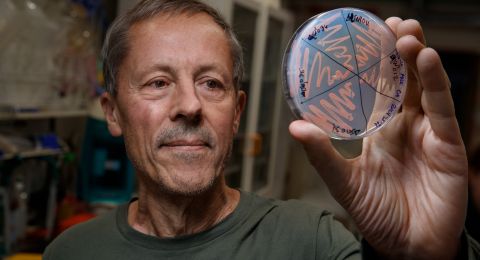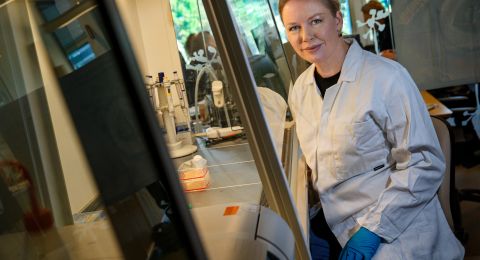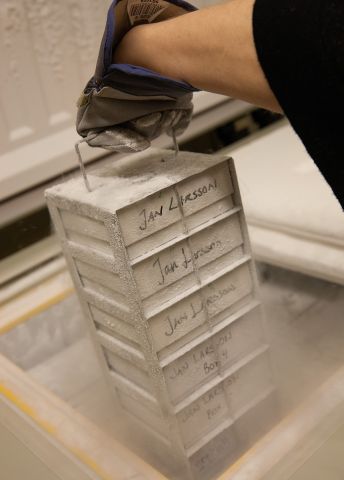
Project Grant 2014
Dynamics of epigenetic memory
Principal investigator:
Jan Larsson, Professor of Genetics
Co- investigators:
Per Stenberg
Yuri Schwartz
Institution:
Umeå University
Grant in SEK:
SEK 27.3 million over five years
They decided to be bold and apply for funding for the field they found most attractive; they paid no heed to what might be in demand among donors. No – they described their dream project, and were perhaps a little surprised when they heard they had been awarded funding for five years by the Knut and Alice Wallenberg Foundation. Now Jan Larsson, Yuri Schwartz and Per Stenberg can devote all their energies to studying epigenetic memory.
“All three of us are interested in finding out how a cell can remember its identity,” Jan explains.
The researchers joining forces come from different professions. Jan describes himself as a classical geneticist; Yuri is a geneticist with a biochemical profile, and Per’s specialty is bioinformatics.
What controls cell memory?
All cells in our body contain the same information, the same genome. But they can still have different functions.
Skin cells, liver cells and neurons are examples of specialized cells having the same DNA in a given individual. But how did the cells know what sort they would become? The explanation lies not in the genetic code, but in how it is used. The mechanism is controlled by the cell’s epigenetic memory.
Epigenetics is the study of how a cell knows which genes are to be used, and how the information is passed on to daughter cells when cells divide. This memory is needed so cells can remember which tissue they belong to.
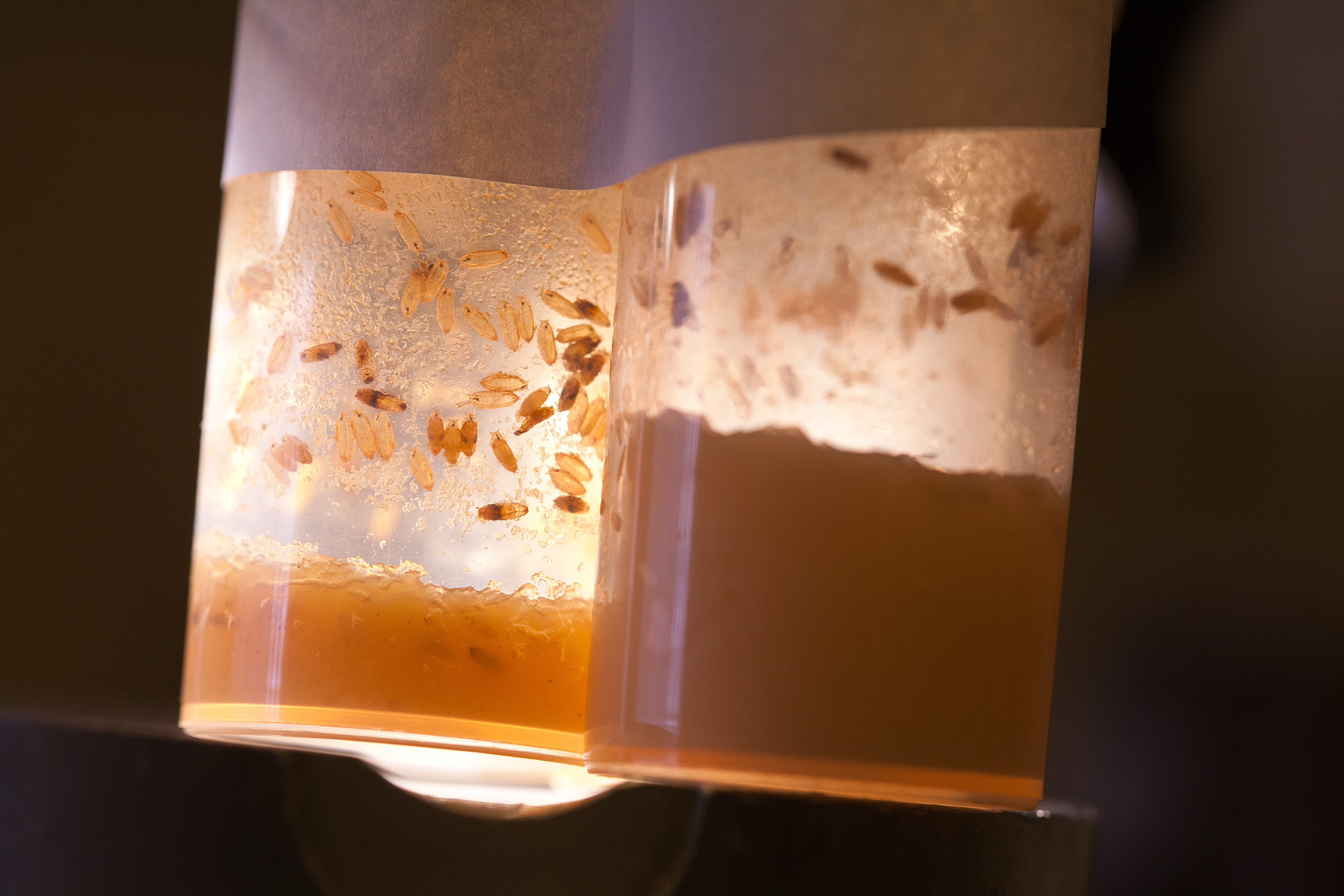
“We already know a lot about how our DNA is configured when the memory is determined. But as yet we know very little about how it is formed. We know it is a step-by-step process whereby some cells are capable of changing their function, whereas others are locked,” Jan says.
Experiments and data analysis
The researchers plan to study the mechanism by disrupting processes they believe to be important in the development of epigenetic memory. They will affect proteins, gene expressions and cell division, as well as information exchange between different parts of chromosomes.
Each of the scientists will be working on the basis of their specializations. Jan will be examining how entire chromosomes work, and Yuri will be studying how cell identity can be retained in the process. Per is a geneticist, but is also a trained computer programmer. He will be designing models for databased analysis.
“Our strength is that we will be overlapping experiments and data-based analysis. It is not enough to hire external computer competence; it has to be integrated in our day-to-day work,” Per opines.
The main subject used in the experiments will be the fruit fly, since it is a well-studied organism. The mechanisms to be studied probably work in the same way in humans.
“The great advantage of using flies is that we don’t get too much surplus information. Generally speaking, each gene only has one function. In mammals they usually have several,” Jan explains.
Yuri thinks the fruit fly is a happy medium: sufficiently complicated, and yet easy to study. All positive findings will eventually be tested on humans, theoretically at first.
“We can use computer models to simulate how we think it will work on humans. In the next stage we conduct specific experiments to confirm the model,” Per comments.
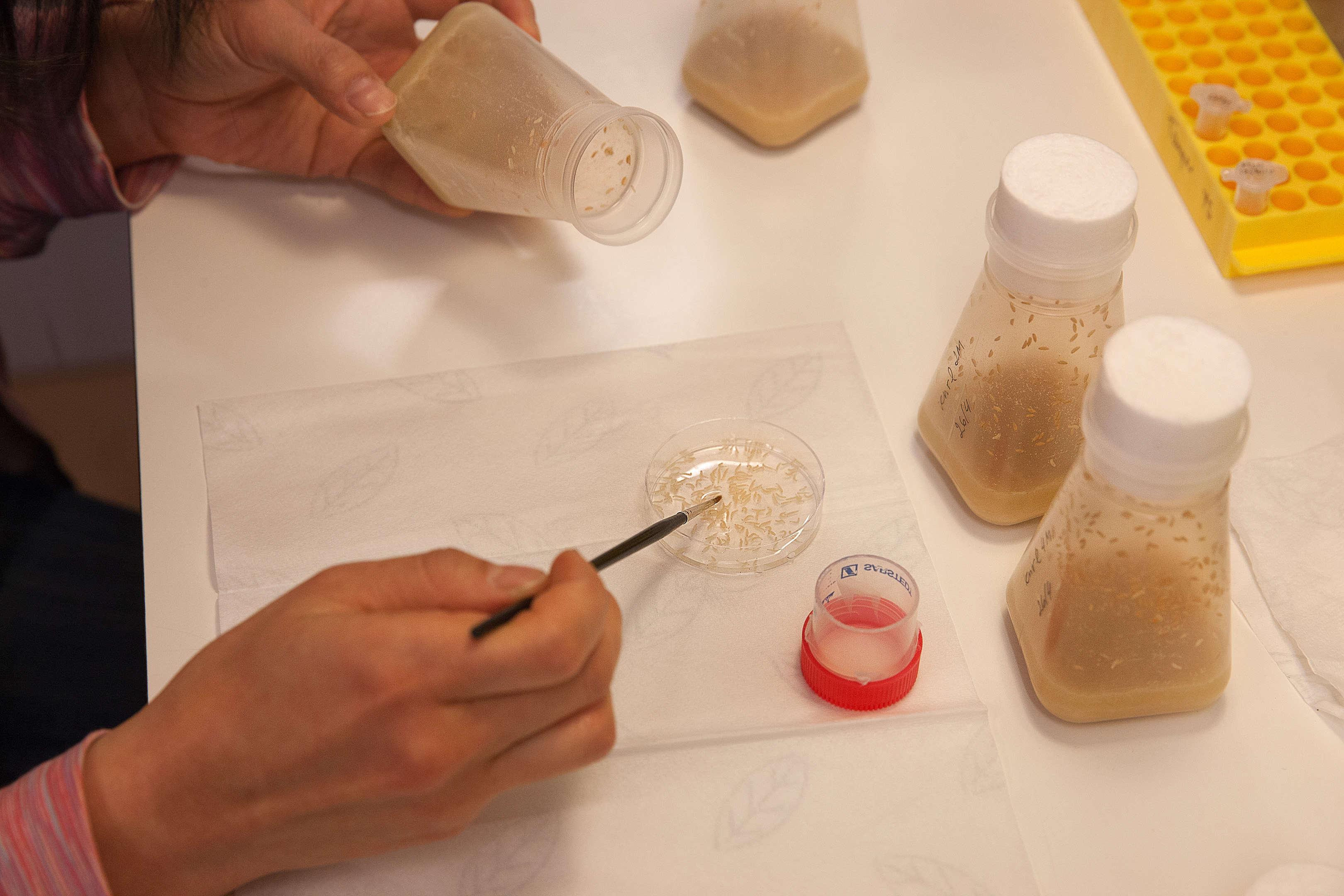
Disease changes cell memory
The epigenome of two individuals may differ more than their genome, i.e. their DNA sequence. So it is interesting to compare healthy people with people with similar DNA who are suffering from cancer, cardio-vascular disease, diabetes or schizophrenia, for example.
If a healthy cell or healthy tissue becomes diseased, the epigenome will also change. When the researchers know more about how cell memory is formed, this may help in understanding how it is changed by disease.
“The results we hope to achieve will be of benefit in cancer and stem cell therapy,” Jan says.
The three colleagues started working together on the internet while Yuri was employed at Rutgers University, New Jersey, USA. Jan and Per decided to persuade him to come to Umeå.
When Yuri paid a visit Per took him to his home in the village of Ratan, some 20 km from Umeå. On the way they saw only three cars. Per wondered anxiously how likely it was going to be that Yuri would want to move to northern Sweden.
But the silence and the peace helped Yuri make up his mind.
“Life in Umeå is efficient. I can focus on the science, as there are not so many distractions. Everything is close to hand. I can go to the lab on the weekend if I want to, then go home and have dinner,” Yuri says.
He is also impressed to be working at the place where some of the central components of epigenetic memory were first identified.
“It’s a bit like working in the same department as Charles Darwin,” he says.
Text Carin Mannberg-Zackari
Translation Maxwell Arding
Photo Magnus Bergström
